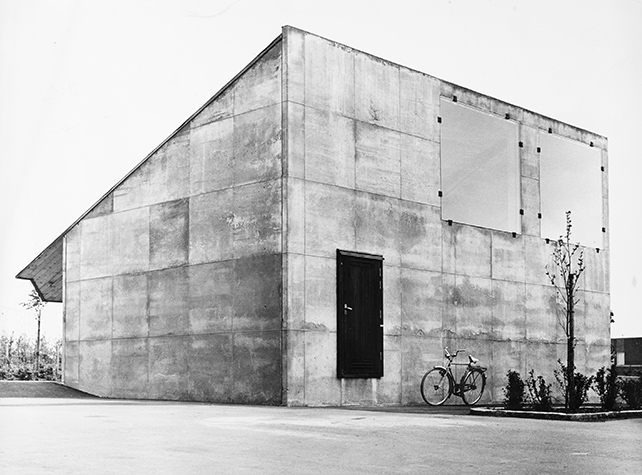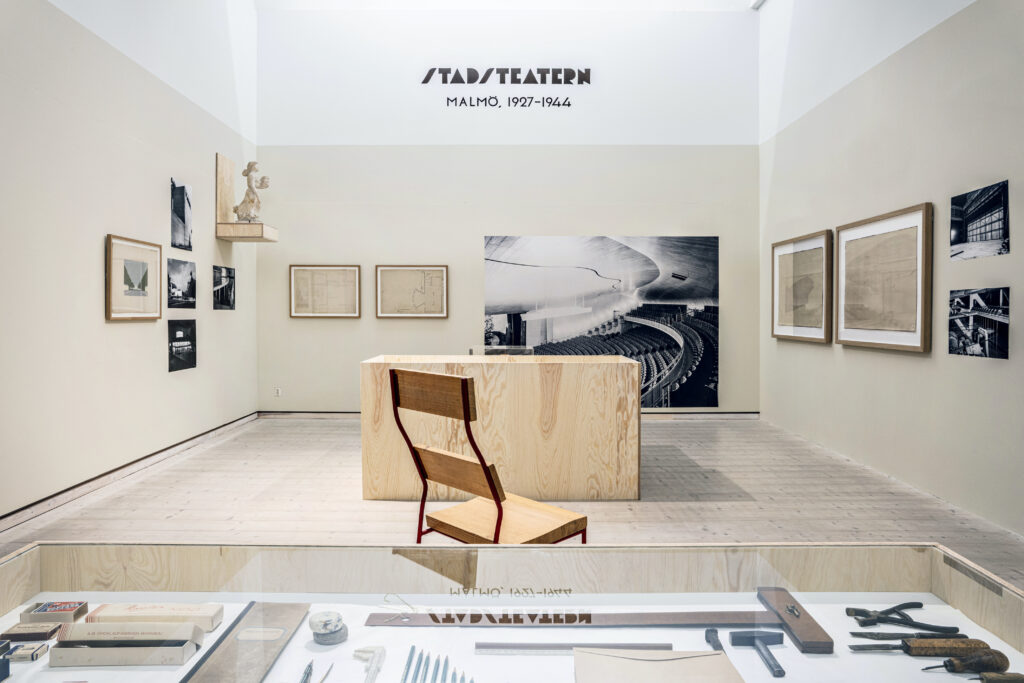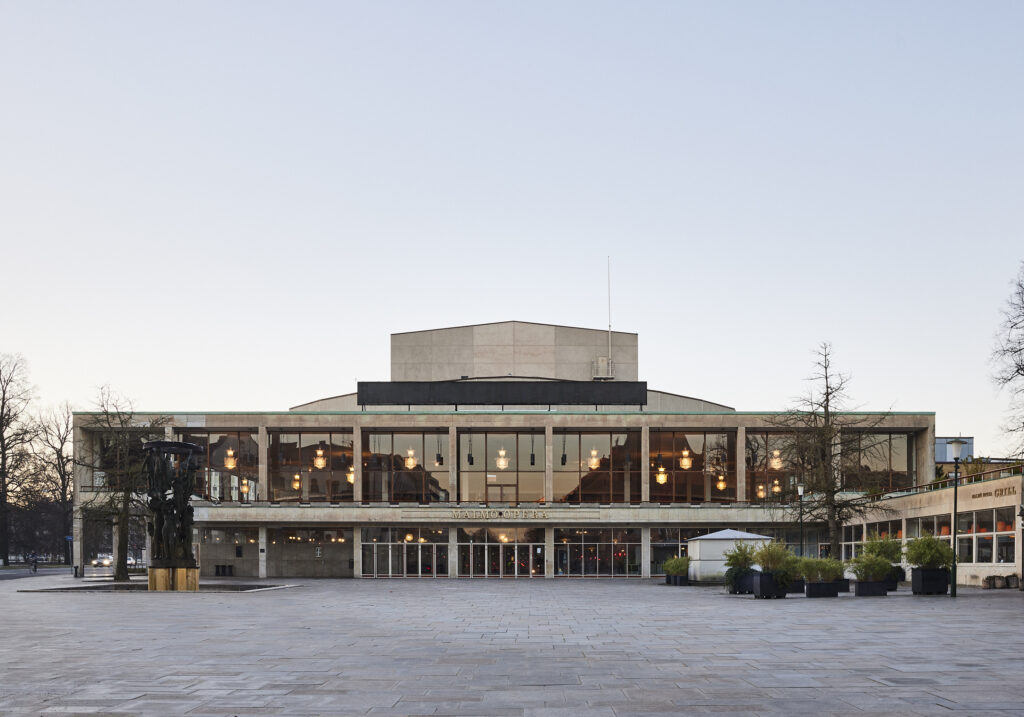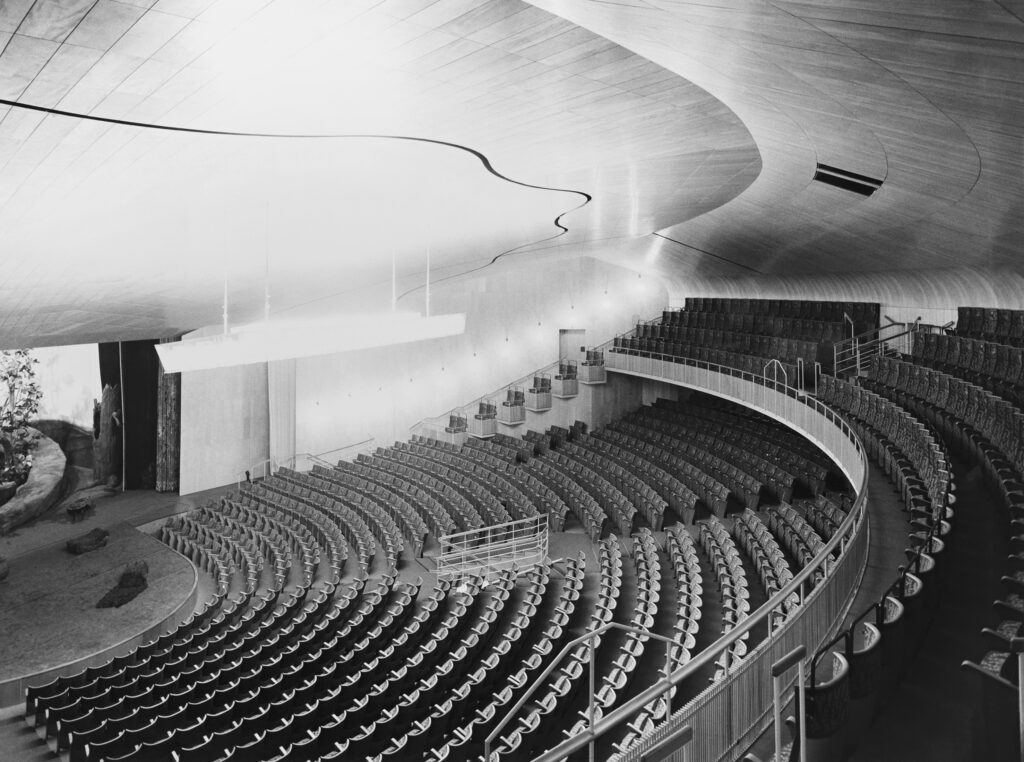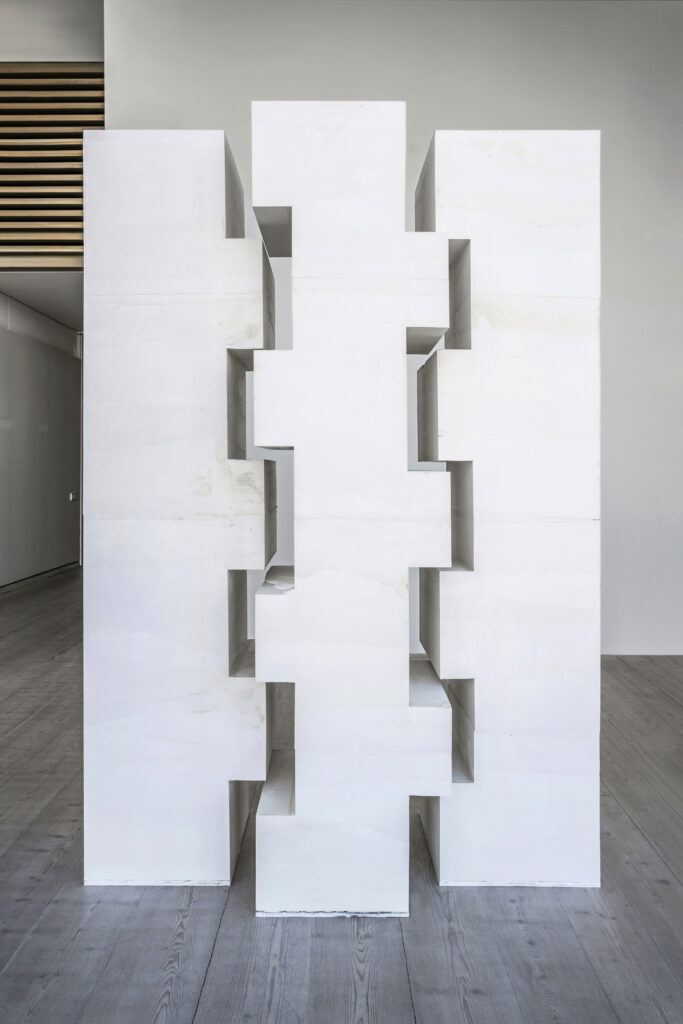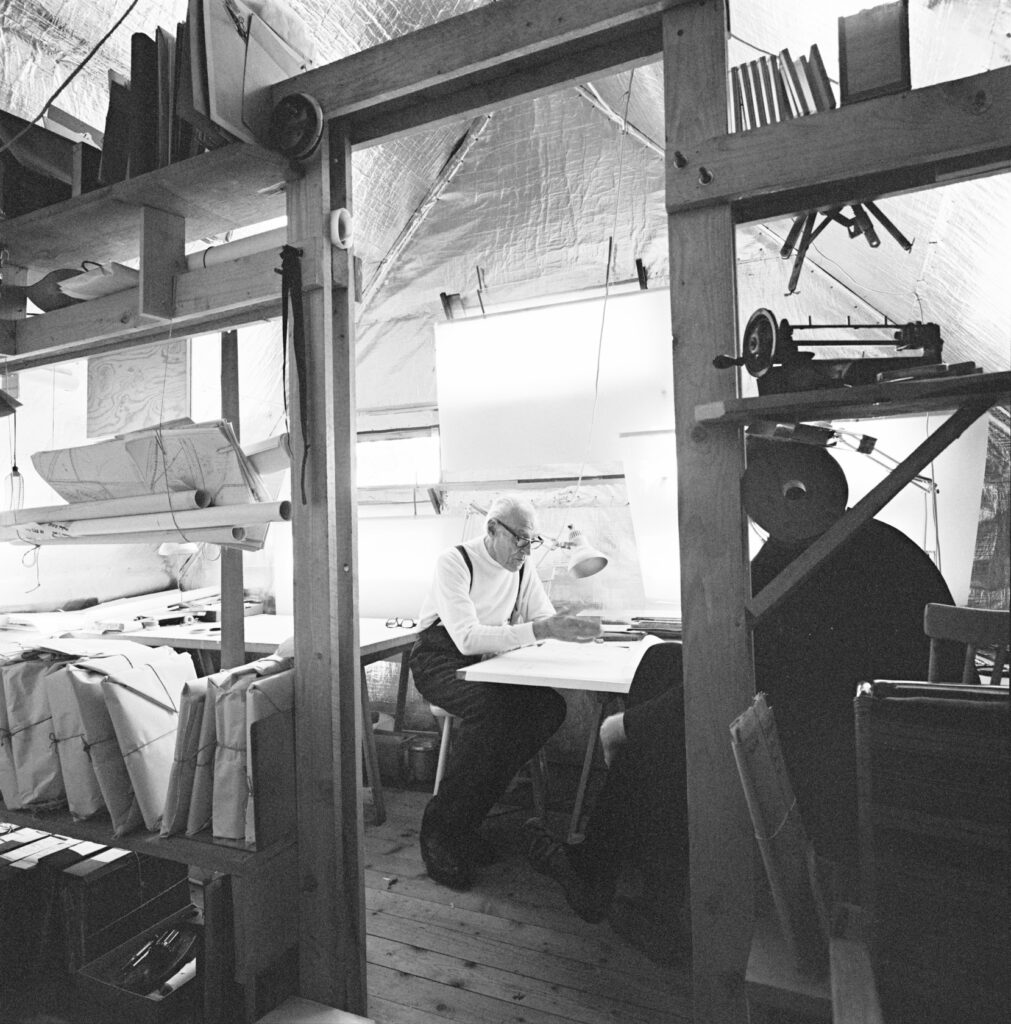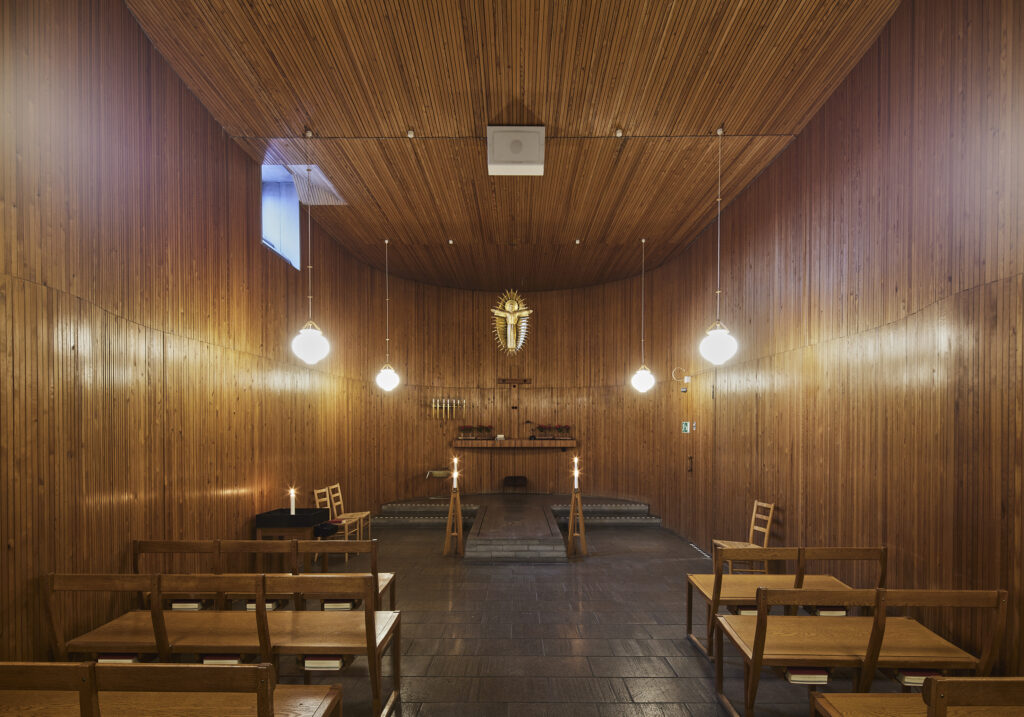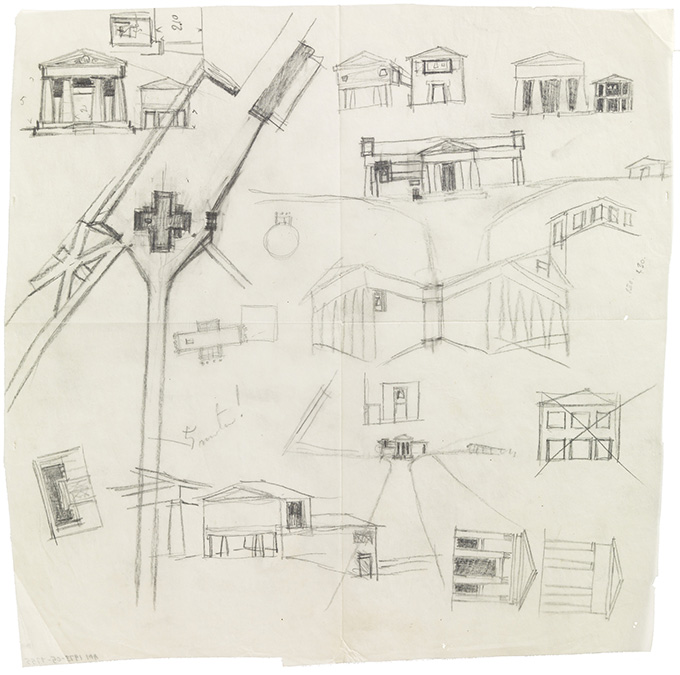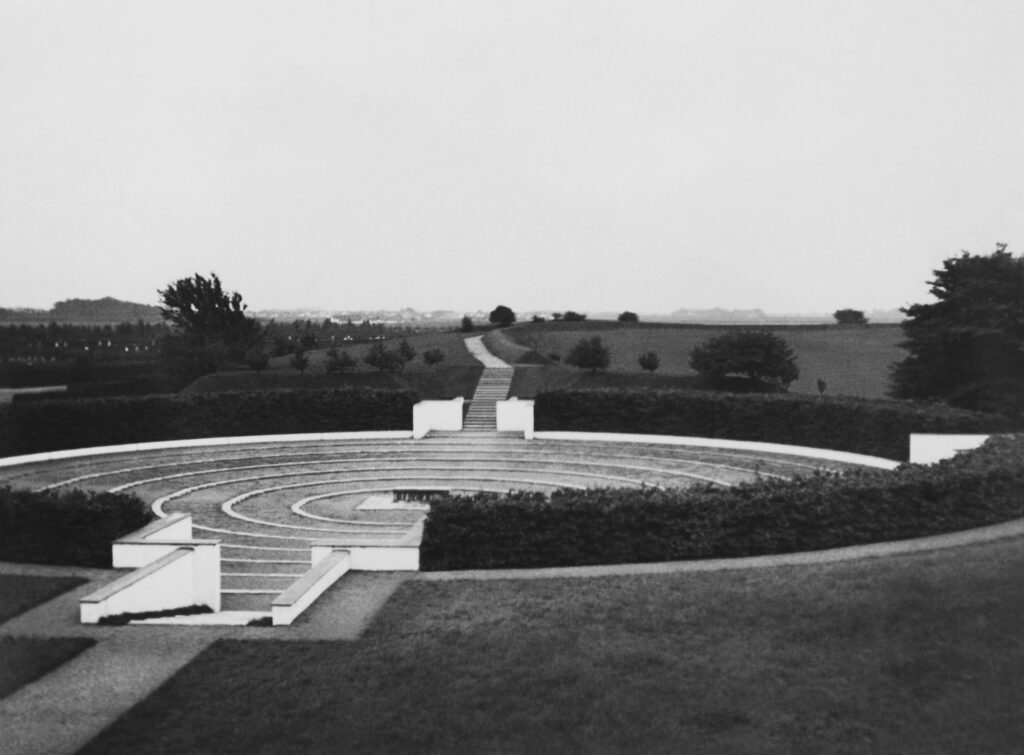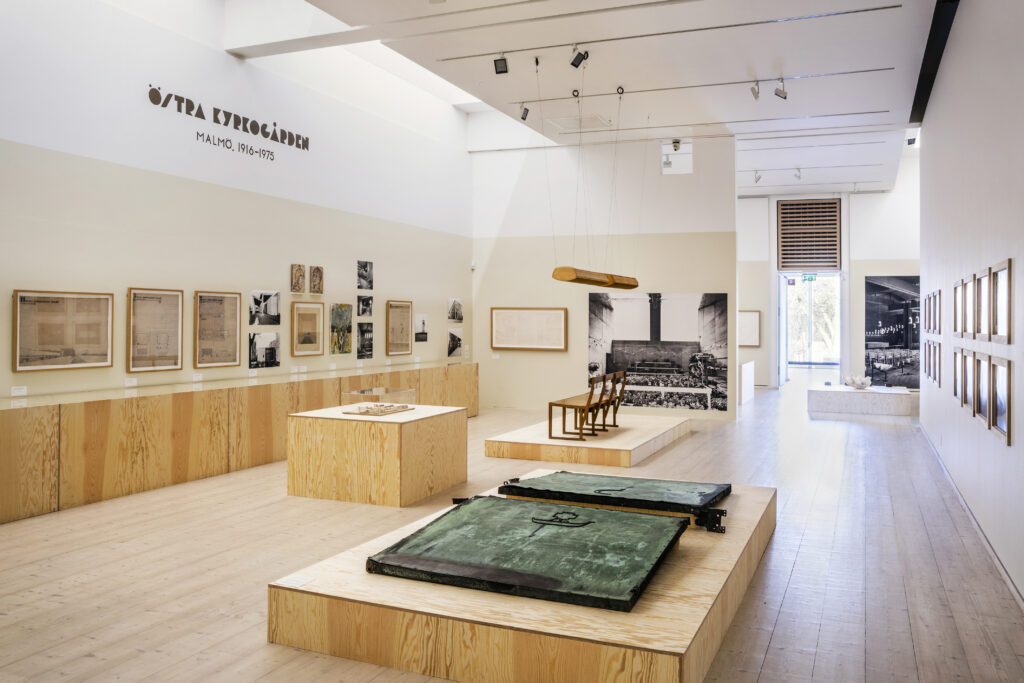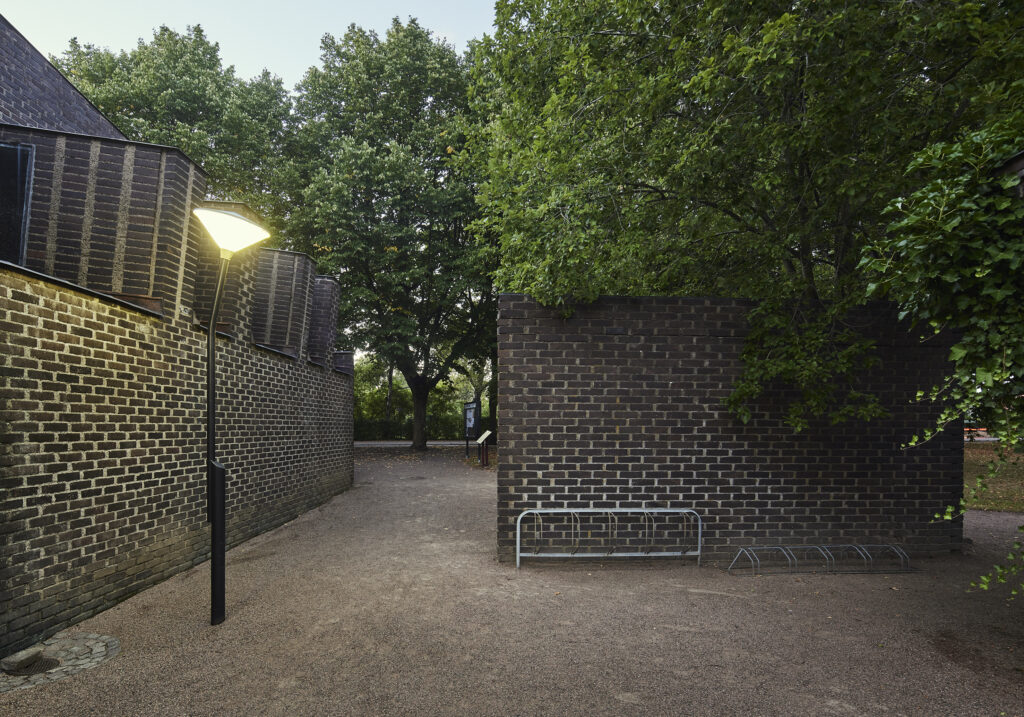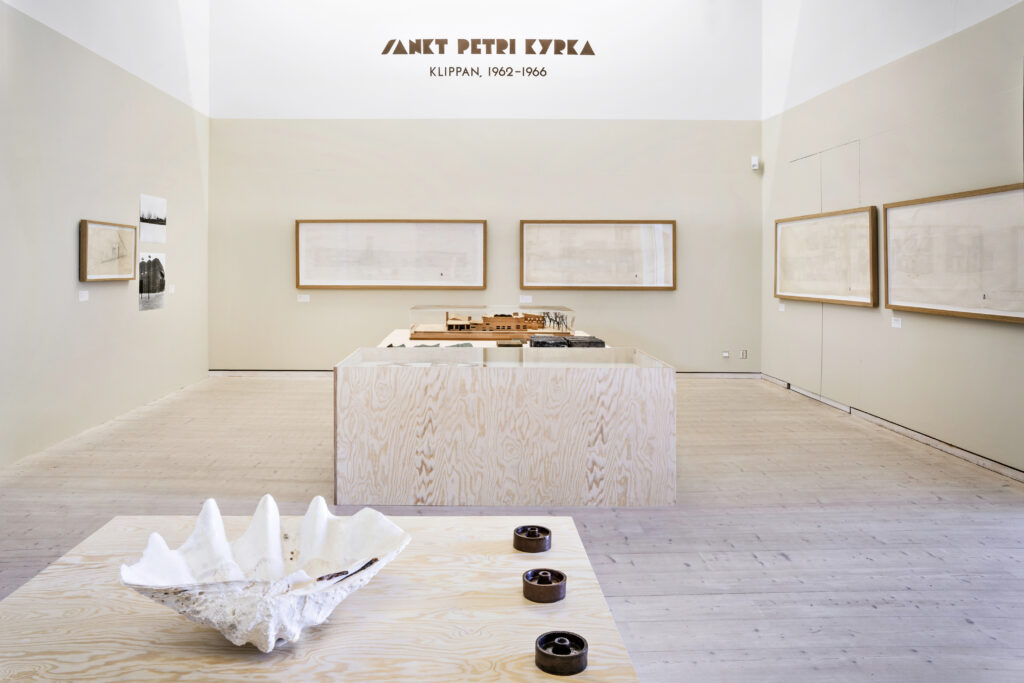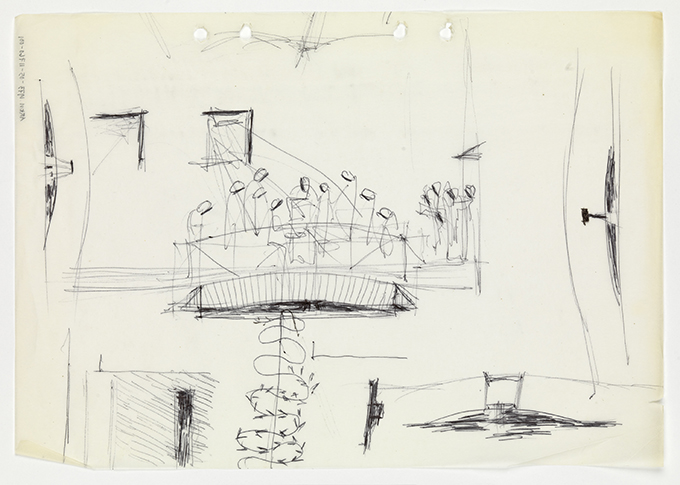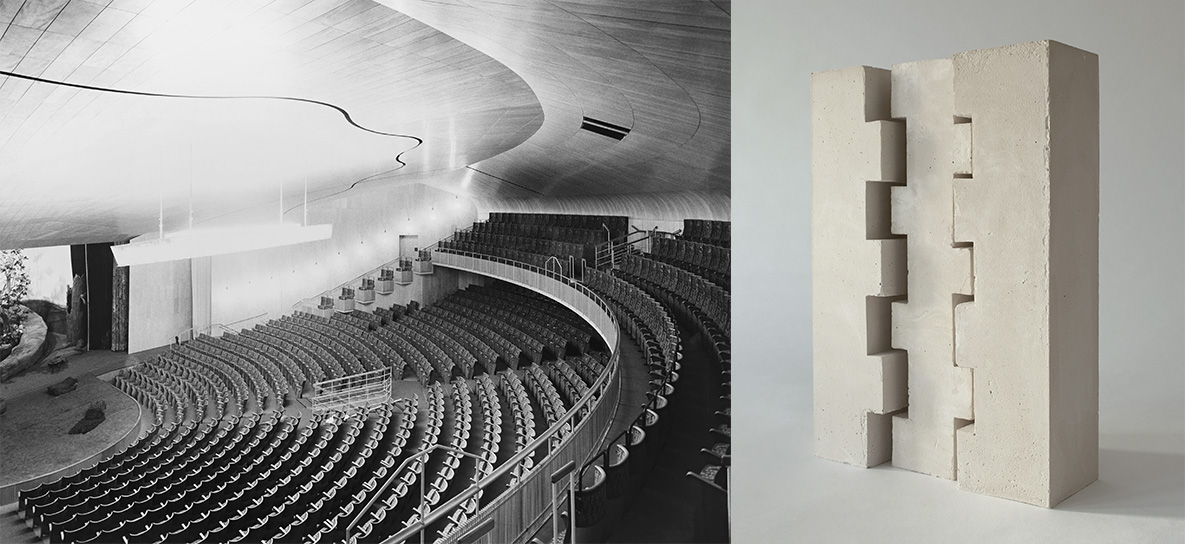- Open today 11–19
- Open today 11–19
ARCHITECTURE SCULPTURE
Sigurd Lewerentz
Petra Gipp
16 March – 10 September 2023
LAST CHANCE FOR GUIDED TOURS:
Friday 1 September and 8 September at 13 (in Swedish)
Saturday 9 September at 13 (in English) and at 15 ( in Swedish)
Sunday 10 September at 13 (in Swedish) and at 15 (in English)
See calendar
PROGRAM FOR THE FINISSAGE WEEKEND:
Guided tour of Sankt Petri church in Klippan
Join church guide Anders Clausson on a guided tour (in Swedish) of Sigurd Lewerentz’s masterpiece in Klippan.
Saturday 9 September, bus departs from the museum at 13 (tickets at the reception)
Sunday workshop: Dramatic rooms
We take a closer look at Sigurd Lewerentz’s sketches for Malmö Stadsteater and then build our own dramatic scenes in cardboard.
Sunday 10 September drop-in at 13–15
The major exhibition for the spring and summer highlights the architect Sigurd Lewerentz (1885–1975) and some of his most famous buildings. As far back as 1968, the museum presented an exhibition about Lewerentz’s work – the first institution in Sweden to do so. Since then, interest in Lewerentz has constantly grown, not least internationally. Today, he is considered to be one of the leading architects of the 1900s, and his work continues to inspire new generations. One example is the architect and artist Petra Gipp, who has created a new sculptural work for the exhibition, an architectural exploration of Lewerentz’s world.
Sigurd Lewerentz received commissions in Skåne early in his career. The projects presented in the exhibition – the Eastern Cemetery with chapel and flower kiosk in Malmö (1916–1975), Malmö City Theatre (1927–1944) and St Peter’s Church in Klippan (1962–1966) – span a period of almost 60 years, a period of shifting architectural ideals and considerable changes in society. Through drawings, models and objects, as well as archive material, photographs and film clips, we can find out about Lewerentz’s ideas concerning architecture and cemeteries. Towards the end of the 1950s, Lewerentz lived in Skanör. In his last years his home and studio, known as the Black Box, were in Lund. Enthusiastic young architects in Skåne collaborated with Lewerentz at the time, including Bernt Nyberg, who also accompanied him to the construction sites in Klippan and Malmö. The exhibition features a film by Sven Blume comprising excerpts from Nyberg’s material, while Per Kristiansens photographs provide a contemporary view of Lewerentz’s architecture.
During the spring and summer, a series of conversations, thematic viewings, family workshops and student collaborations will offer insights into the field of architecture and Lewerentz’ rich output.
Exhibition design: GIPP Arkitektur – Emil Bäckström, Petra Gipp and Selma Lindstedt
THANK YOU TO:
ArkDes/The Swedish National Centre for Architecture and Design, for extensive loans from the exhibition Sigurd Lewerentz: Architect of Death and Life (2021–2022), and to St Peter’s Church in Klippan, Malmö Cemetery Board, Malmö City Archives and private individuals for generous loans.
The exhibition is presented with the support of the Birgit and Sven Håkan Ohlsson Foundation.
External expert: Johan Örn
Sigurd Lewerentz, The main auditorium, Malmö City Theatre (now Malmö Opera), 1944. Photo: C.G. Rosenberg. ArkDes’ collections.
Petra Gipp, casted sketch for the sculpture T R A P P A, 2023.
